Level Shifter + & - 15 V to 0 - 1.2 V
IC1a, although it could be described as being configured as a non-inverting summing amp, I would prefer to refer to it as being configured as a differencing amplifier with one input having the input signal applied to it and the other input tied to ground (into R2). The reference voltage for this differencing amplifier is held at a constant 0.6 V.
The gain of the differencing amp (IC1a) must be equal to :-
(Vout pk to pk)/(Vin pk to pk) = 1.2/30 = R1/R2 = R4/R3 = 1/25 = 3k/75k
I have found out, by playing with these circuits over the years, that to get a certain output swing for a certain input swing that R2 (the inverting input) needs to be connected to the mid-range of the input swing (0V in this case) and that R4 (the reference) needs to be connected to the mid-range of the output voltage swing (0.6 V in this case).
The 0.6V reference is generated by a resistive divider consisting of R5, R6, R7 & VR1. VR1 would need to be set to a value of approximately 5k to provide the 0.6 V reference. This 0.6 V reference is filtered from power rail noise by C1 and buffered by IC1b. The buffer is necessary to prevent the voltage genereted by the resistive divider being affected by the load of R3 & R4. The potentiometer, VR1 is included in the design so as to be able to compensate for (when setting the 0.6 V reference voltage) any inaccuracy in the 3.3 V supply voltage
R8 is equal to the parallel combination of (R5+R6+VR1)//R7 and is included to remove offset at the output of IC1b which could otherwise be caused by IC1b's input bias currents.
The output of a LM358 will not swing quite as low as 0V (when the negative rail is 0V) but it will get pretty close to it.
Finally it's a matter of consulting the LM358's data sheet and checking the design to make sure that the common mode input range is not violated and that IC1a's inputs do not swing beyond the maximum allowed negative voltage. Also need to check that, when considering the output's positive saturation voltage, that there is enough headroom with a +1.2 V output.

